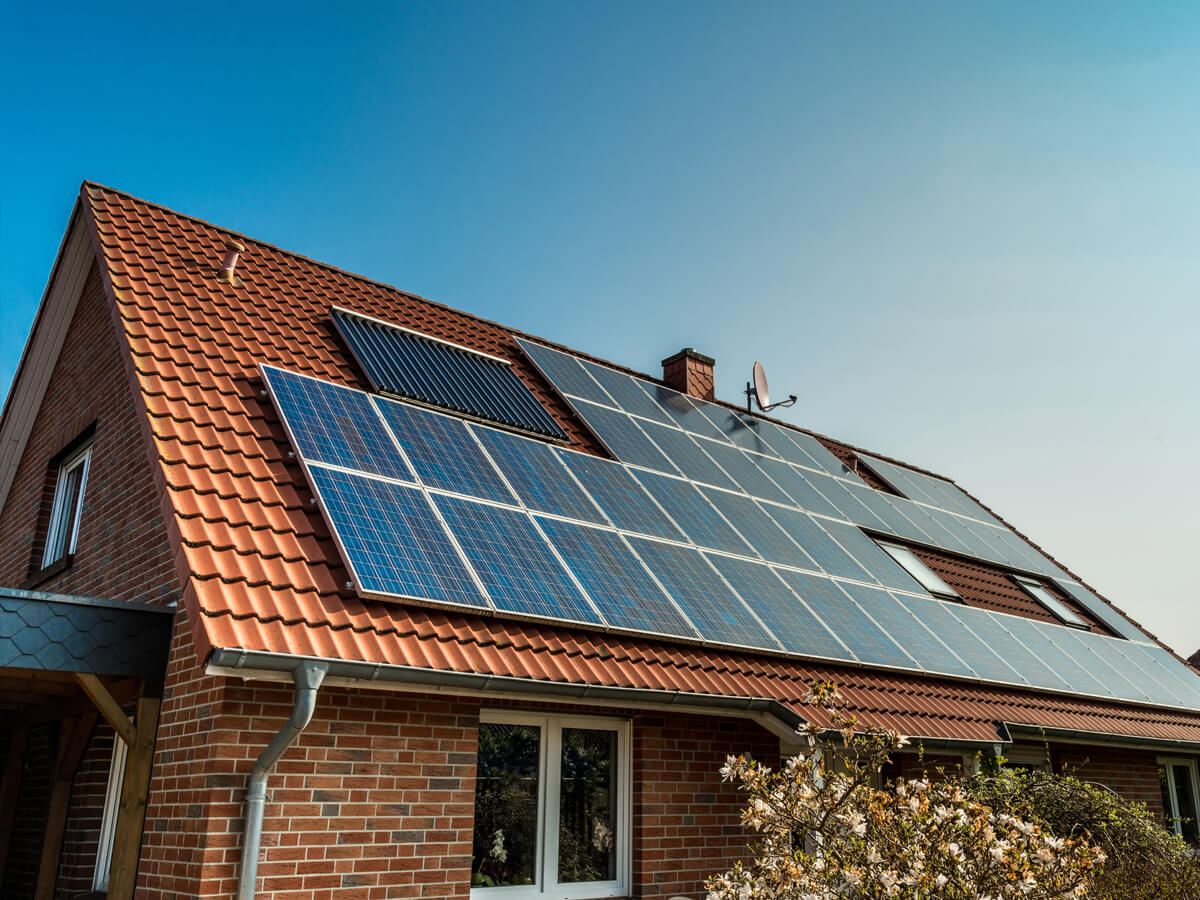Photovoltaic (PV)
Photovoltaic (PV)
Solar PV stands for Solar Photovoltaic. It refers to the technology that converts sunlight directly into electricity using photovoltaic cells. Photovoltaic cells, commonly known as solar cells, are made of semiconductor materials, usually silicon, which absorbs photons from sunlight and generate an electric current.
Solar PV systems consist of multiple solar panels or modules, which are composed of interconnected solar cells. These panels are typically mounted on rooftops or installed in open areas where they can receive maximum sunlight exposure. When sunlight hits the solar cells, it excites the electrons in the semiconductor material, creating a flow of electrons or electricity.
The generated electricity from solar PV systems can be used to power various applications, including residential, commercial, and industrial buildings. It can be used directly to operate electrical devices or can be stored in batteries for later use. In grid-connected systems excess electricity can be fed back into the electrical grid, earning credits or compensation through net metering or feed-in tariffs.

About Us
We love PV! Here at Solar services southwest our aim is to save you money and find you the best matched PV system offering you an easy journey from start to finish. We are a dynamic and innovative team committed to making a positive impact on the world through our collective knowledge and expertise. With our passion for continuous learning and collaboration, we strive to exceed expectations and drive meaningful change. With unwavering dedication and an entrepreneurial spirit, we are poised to shape the future, embrace new challenges, and leave a lasting legacy of excellence and a greener planet.

FAQs

Important information
Who do I need to notify?
When you have a system with an inverter higher than 3.68kw you need to inform your local DNO (Distribution Network Operator) about your plans. The application is done using a G99 form. We will process all of the application for you. We will coordinate with the DNO to ensure that your system meets the necessary technical requirements and safety standards for grid connection. We will submit the required documentation, such as application forms, technical specifications, and any necessary fees, to the DNO on your behalf. We will discuss this cost with you prior to submitting the application as this does vary.
